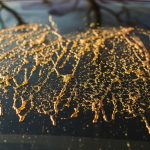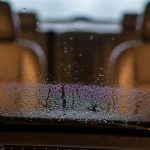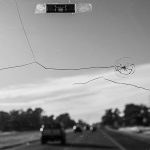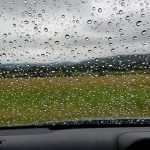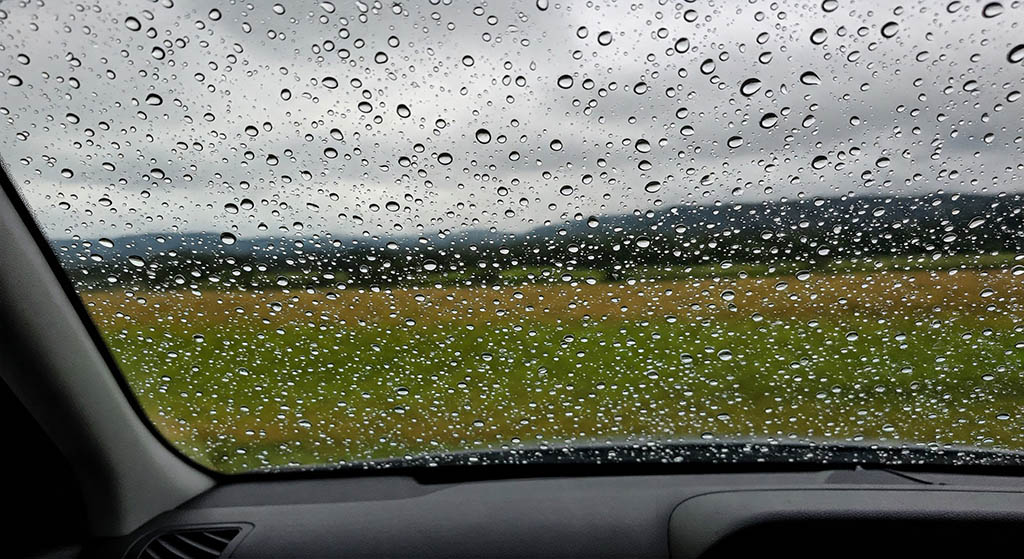
Getting your windshield replaced is a vital part of maintaining vehicle safety. But what happens if it starts raining right after the installation? Many drivers worry about how moisture might affect the adhesive or cause leaks. If you’ve ever asked, “What if it rains after windshield replacement?”—you’re not alone. Let’s explore what you should and shouldn’t do if your car faces rain shortly after this service.
Can You Drive in the Rain After Windshield Replacement?
Yes, it’s generally okay if it rains after a windshield replacement—but only under certain conditions. Curing time is one of the most important factors. Many modern adhesives are fast-curing, sometimes setting within an hour. However, curing speed depends on the product used, the temperature, humidity levels, and specific recommendations from the technician.
Additionally, humid and cooler conditions—common on rainy days—can actually slow down the bonding process. Technicians often advise waiting at least 24 hours before exposing the windshield to significant moisture, especially if rain is heavy.
Proper installation also affects whether rain becomes an issue. If the windshield was installed correctly and the adhesive had sufficient time to cure, water shouldn’t seep through. Still, after any replacement, it’s wise to inspect for leaks—especially if it rains soon after.
Do’s: What to Do If It Rains After a Windshield Replacement
Knowing what to do after a new installation can protect your investment and avoid future issues. Here are a few helpful steps if your car gets caught in the rain:
1. Dry the Windshield Gently
If your new windshield gets wet, use a soft microfiber towel to gently dry it. You can also let it air dry or use a low-intensity fan. This helps reduce the chance of any moisture seeping into unsealed areas.
2. Keep Your Windows Closed
To reduce the risk of water entering through weak adhesive points, close all your windows when driving or parked in the rain. This helps keep the pressure consistent and prevents leaks.
3. Drive With Caution
If you must drive shortly after installation, keep it slow and steady. Avoid sudden stops, hard turns, or bumpy roads. Minimizing vibrations helps the adhesive cure more evenly and securely.
4. Wait Before Using Rain Repellents
Wondering what to put on your windshield for rain? While products like Rain-X are useful, don’t apply them right away. Wait at least 48 hours after your windshield replacement to avoid interfering with the curing adhesive.
5. Use Windshield Wipers Carefully
You might ask, “Can I use my wipers after windshield replacement?” You can—but it’s best to wait a few hours. If the wipers pass directly over a fresh repair area or new seal, hold off for a bit longer. Use them sparingly within the first 24 hours to prevent excess pressure on the seal.
6. Perform a Leak Test After 24 Hours
Once your windshield has had time to cure, spray a light mist of water over it and check the inside for drips or fogging. Catching leaks early prevents long-term damage to your interior.
7. Keep the Retention Tape On
Many technicians apply a retention tape to help keep the windshield in place while the adhesive dries. Don’t remove this tape for at least 24 hours, even if it doesn’t look nice. It protects the seal from debris and moisture.
Don’ts: What to Avoid After Windshield Replacement in the Rain
Now that you know what to do, here’s what not to do after a replacement, especially if rain is in the forecast.
1. Don’t Drive Immediately in Heavy Rain
If you’ve just replaced your windshield and a storm rolls in, try to keep the car parked for at least a day. Adhesives can be weakened by too much moisture during the curing phase. If possible, use a covered parking area.
2. Don’t Use Automatic Car Washes
High-pressure water can disrupt the adhesive and even shift the windshield slightly if it hasn’t cured completely. Wait at least 48 hours before using a car wash—preferably a week to be safe.
3. Don’t Slam Car Doors
This may seem unrelated, but slamming your doors can create pressure inside the cabin that affects the adhesive seal. Gently close your doors for the first couple of days.
4. Don’t Use Wipers Excessively
While you can use your wipers after a short wait, don’t overdo it. Excessive wiping, especially with automatic sensors on, can place unnecessary stress on a fresh seal. If your car has rain-sensing wipers, consider turning them off temporarily.
5. Don’t Assume It’s Fully Sealed
A common misconception is that the windshield is “good to go” as soon as the work is finished. But curing takes time. If you’re concerned that your new windshield can get rained on right after installation, it’s best to play it safe and wait a day before driving.
6. Don’t Ignore Signs of Water Intrusion
If you notice moisture inside your vehicle after a rainstorm, don’t wait it out. Moisture trapped inside can lead to mould, rust, or even electrical problems. Book a follow-up inspection with your auto glass technician right away.
7. Don’t Try to Replace It Yourself in the Rain
One of the most curious questions we often get asked is if you can replace a windshield in the rain. Technically, it’s possible—but not recommended. Professionals use controlled environments to avoid contamination and moisture exposure. Rain during installation can compromise the adhesive and lead to future issues.
Can Rain Get Through a Cracked Windshield?

Yes, rain can get through a cracked windshield. A crack compromises the original seal between the glass and the frame of your vehicle. If the damage is deep enough or located near the edges, it creates an opening that allows water to seep inside—especially during heavy rainfall or while driving at higher speeds.
Even small cracks can lead to moisture entering the vehicle, which can fog up the interior, cause unpleasant odours, or, in some cases, affect electrical components near the dashboard. While it might not be an obvious drip, the leak can show up as damp spots around the edges or condensation inside the car.
Summary Table: Rain and Windshield Replacement
| Concern | Safe Practice | Risk Level if Ignored |
| Driving in light rain | Wait a few hours after install | Medium |
| Using wipers | Light use after a few hours | Medium |
| Heavy rain or storms | Avoid for 24–48 hours | High |
| Applying Rain-X | Wait 48 hours | Medium |
| Car wash | Wait at least 48 hours | High |
| Door slamming | Avoid for 2 days | Low |
| Removing retention tape | Wait 24 hours | Medium |
| Replacing in the rain | Avoid DIY or mobile installs | High |
Final Thoughts
A new windshield is a safety feature you don’t want to compromise—especially during or after a rainstorm. Remember that timing, caution, and proper care are everything. You can drive in the rain after windshield replacement under the right conditions, but the first 24 to 48 hours are crucial. Protect your investment by following these simple do’s and don’ts. And when in doubt, always ask your technician for rain-specific care instructions.
How We Can Help
At Auto Glass Zone, we serve drivers across Ontario with expert windshield replacement and repair services that prioritize long-term safety—even in unpredictable weather. Our certified technicians use high-quality adhesives designed to cure quickly and hold strong, and we provide clear aftercare instructions after installation. Get a quote today to protect your vehicle and your peace of mind.



